-

Erin Donahue -

Christina Barkanic -

Brittany Trott -

Emily Wiley -

Jessica Reilley -

Chris Raines -

Will Nichols -

Emily Reddy -

Michele Marchetti -

Michele Frank -

James Gherardi -

Kit Henshaw -

Christina and Erin -

Kim Tait -

Erin McKinney -

Steve Spanelli -

Sam Komlenic -

Katherine Taylor Grofic -

James Eisenstein -

Jamie Oberdick -

Anna Lombardo -

LacCreta Holland -

Tony Ricci -

Local Food Journey -

Laura Young -

Kristin Camplese -

Harrison's Fresh + Local -

Danielle Matalonis -

Kristine A. -

Linda Weaver -

Naomi Elle Schwartz -

Dana Stuchul -

Cara McShane -

Brittany Smith -

Jessica Illuzzi - Frosty
-

Jessica Paholsky -

James Sechrengost -

Brad Yeckley -

Maya Althouse -

Jordan Reabold -

Kim Chase -

Maria Bryant - Alexandrea Scott
Go Natural and Go Local: Heritage Turkeys
Posted by Brittany Smith on 11/20, 2012 at 06:59 AM
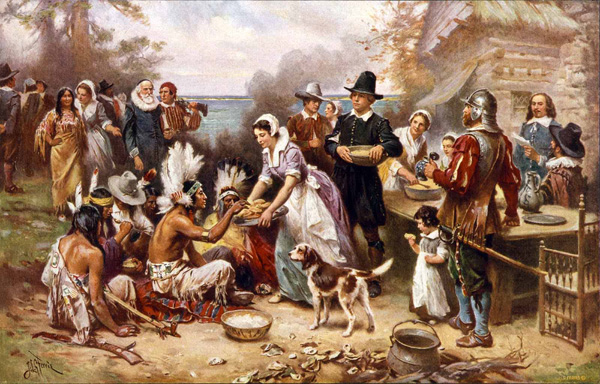
The First Thanksgiving 1915. Photo Credit:Actual painting by Jean Louis Gerome Ferris; Image by JoyfulHeart.com.
Think back to your very first impressions of Thanksgiving. What were they like? Your young mind probably formulated heartwarming images of pilgrims smiling with Native Americans over warm, delicious food that they’d harvested and cooked together. Both parties truly thankful and dressed to impress; the natives in their tribal best, and the pilgrims in those oddly buckled hats and shoes.
Now think harder, what did the turkey look like? It was beautiful, of course, and looked just like your hand that you’d traced and colored in class: a sizeable bird, wild with full plumage and deep natural colors that was just large enough to feed the small village.
So, what’s different?
That wholesome imagery was fundamental in how I came to love Thanksgiving, but today’s turkeys are very different than those just 50-60 years ago. Today’s factory raised turkey, the Broadbreasted White, is genetically modified and mass produced for its large, white meaty breast.
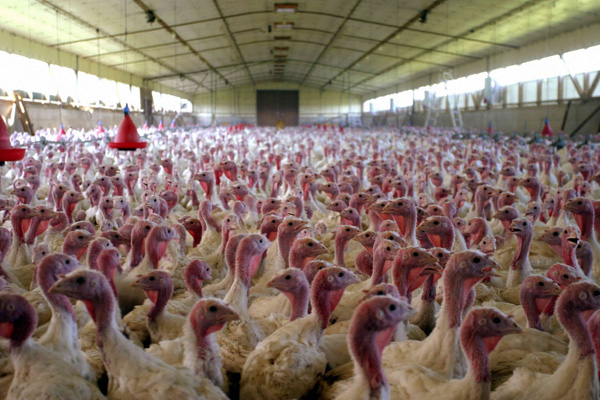
White Turkeys. Photo Credit FeatherEmporium.com)
Also known as the Large White, these birds are kept in overcrowded, unnatural conditions and fed a steady amount of synthetic grain and antibiotic supplements to ward off their disease-prone genetics. According to the Food and Agriculture Organization of the U.N., without artificial insemination performed by humans, this breed would become extinct in just one generation. They cannot reproduce naturally and in some instances can’t even walk.
Although these birds are often given injections to try and improve their moisture and taste, we clever humans have come up with many ways to season, bake, brine, and marinate them to our standards, unbeknownst to their true origin conditions.
Wouldn’t it just be easier to have a naturally flavorful bird?
Heritage Turkeys
Heritage turkeys are pasture raised on small sustainable farms and allowed to freely roam outdoors. They eat all the delectable bugs and grubs they can handle to develop healthy bone, meat, and muscular structure. Best of all, they develop succulent and juicy taste to match that heartwarming Thanksgiving image!
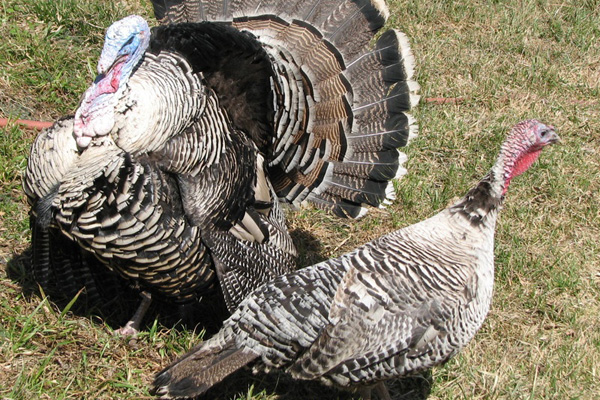
Narragansett. Photo Credit Stephen J. Krasemann, Getty Images.
Whereas the Large White is rush-grown and shipped to slaughter at 12 weeks, these birds mature naturally until up to 28 weeks. Types of Heritage turkeys include:
- Beltsville Small White
- Black
- Jersey Buff
- Narragansett
- Slate
- Standard Bronze
- White Holland
- White Midget
An important factor with Heritage turkeys is that they are genetically diverse. Unlike the disease-prone industrial birds, illness cannot run ramped throughout a Heritage flock. Think of it this way: just because you stand next to someone with a cold, doesn’t necessarily mean you’ll catch it.
Unfortunately, Heritage turkeys have been going extinct to preference and ease of the store bought bird. They do not have as large a portion of white meat, but to save them, we still need to eat them!
To buy this bird, usually you need to place an order a couple months in advance. Farmers generally raise the birds to-order and only as many to cover the demand.
Too late to order or not convinced?
If you don’t think you’re ready to order a Heritage turkey just yet, or have missed your local farmer’s deadline to do so, there is one last option I’d suggest. Simply put, look for a sustainably raised bird.
Sustainable/organic farmers must be USDA certified, and some do still choose to raise the Large White. These farmers aim to preserve land, working conditions, and humane animal wellbeing throughout a natural farming process.
They are produced with a little more availability, and a quick search-engine browse will help to find farms in the area.
Visit the Eat Wild Pastured Products Directory to find local Heritage or Organic farms near State College, and keep an eye out for that order form for next year!
![]() Author: Brittany Smith
Author: Brittany Smith
Bio: Brittany is a senior at Penn State majoring in advertising. She loves food and flavors and trying new recipes. Her dream is to produce advertising content for the Food Network, and possibly one day attend culinary school and become a chef.
- Our Local Food Journey comes to an end
- Winter isn’t a quiet time at the farm
- Get the taste of garden season right now by growing herbs indoors
- All you need to know about PASA’s Farming for the Future conference




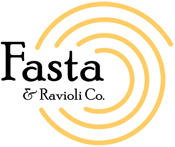

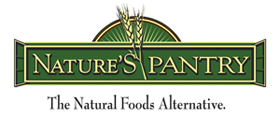
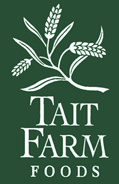

NO COMMENTS